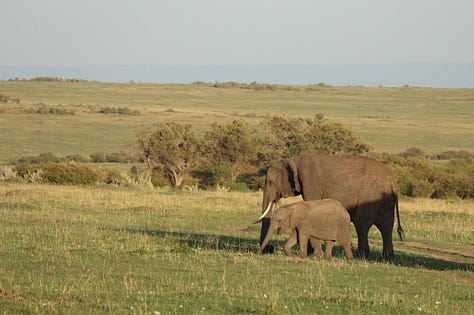A burning issue
The challenge of cooking in Kenya (2 minute preview, 5 minutes full read)
One thing that I truly appreciated in Kenya was how open people were. On the one hand, I could see that people really wanted a visitor like me to have a positive view of their country. They were sensitive to negative media portrayals of Kenya and Africa in general that focused on a few specific negative events, particularly unrest and violence in relation to politics. And I think that they were genuinely pleased that I liked Kenya so much (and I did, I truly did).
On the other hand, people weren’t shy about pointing out some of the challenges they faced as a country and as individuals. They shared insights about daily life that gave me a more honest picture than I could get staying in hotels. I’d like to share some of these with you, because they’ve got me thinking about some of the wider issues that the world faces.





Last week, I shared the statistic that 80% of Kenya’s electricity is from renewable sources, with geothermal the main contributor and hydro the next. That statistic was actually a bit out of date (it was from 2016) and the figure is now over 90%, with the contribution of wind increasing. Crucially, the total amount (not just the proportion) contributed by fossil fuels is decreasing, something which New Zealand has not yet achieved.
This is a positive picture, but there’s a catch, or rather two catches. The first is that Kenya’s electricity supply only reaches three quarters of the population. On my trip north of Nairobi, I saw electricity lines going to the houses, and I was told that they did all have electricity. On the other hand, around the Maasai Mara, the picture was different. We passed a lot of what looked to be fairly traditional Maasai villages and the electricity lines certainly weren’t going to the houses. I checked with Olemaantu, our guide, and he confirmed that the houses didn’t have electricity. However, he said that many people had small solar panels so that they could charge a mobile phone (more on mobile phones in another article).
The other catch is that although three quarters of Kenyans have electricity, that doesn’t mean they can afford to use electricity for everything. One person I spoke to said that he used electricity to run lights, a fridge and a television. To use electricity for anything else, such as cooking, was simply too expensive. This was someone employed in the formal economy with what seemed to me to be a stable and decent job.


